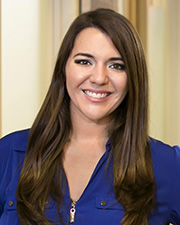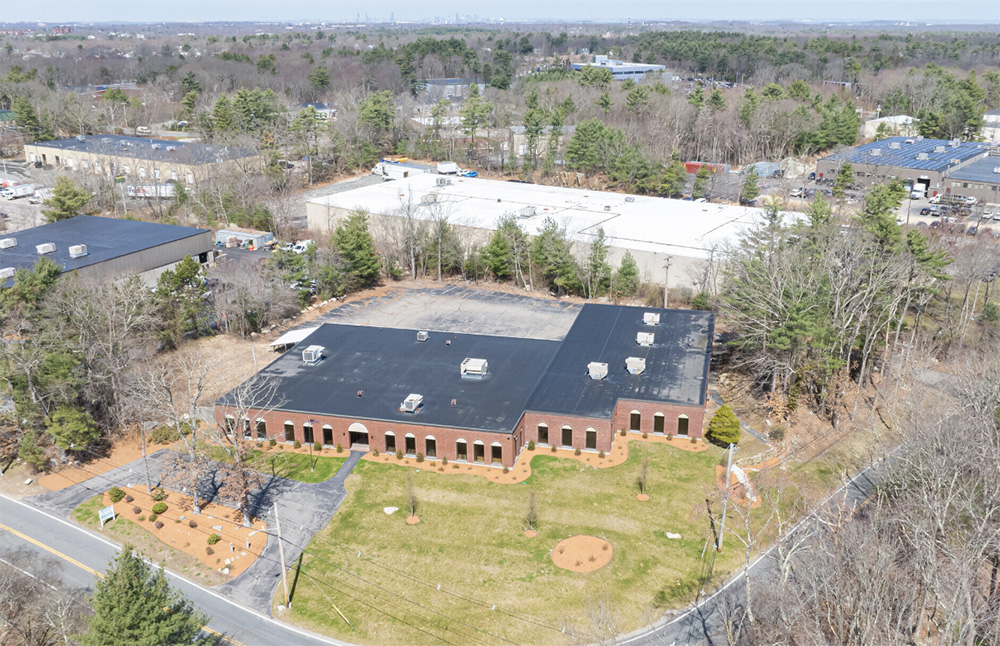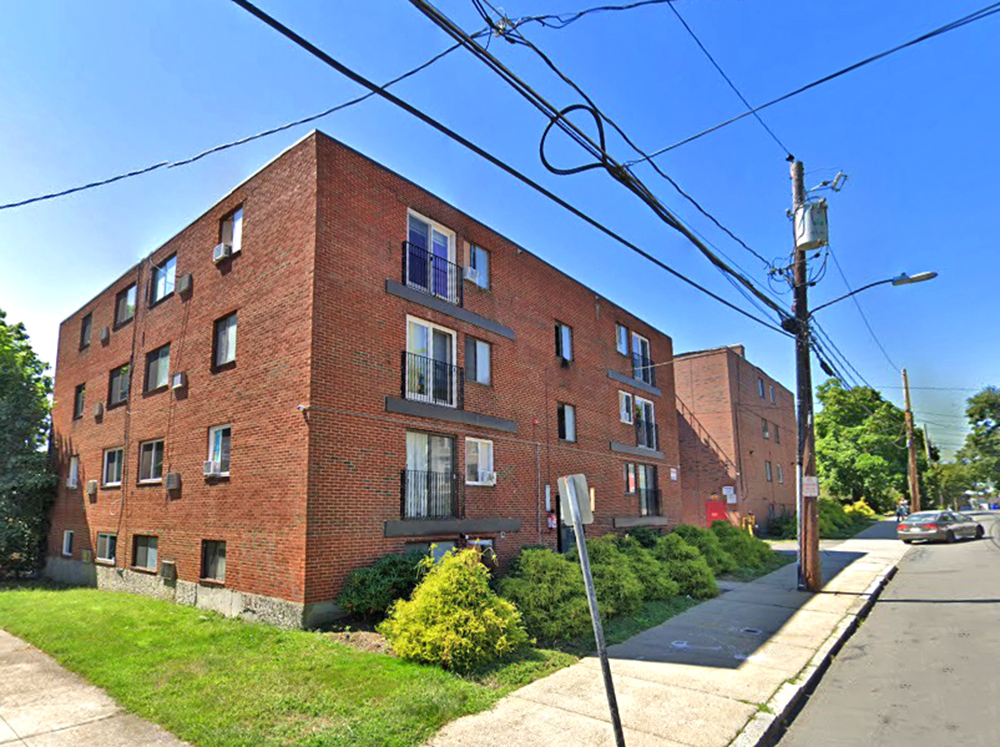Four reasons why investors should consider Qualified Opportunity Zone Funds for tax advantages and potential returns - by Dwight Kay

Qualified Opportunity Zone Funds (QOZF) have become an integral part of the investment landscape in recent years for those investors seeking to defer capital gains taxes on the sale of appreciated assets. At Kay Properties, our team has helped many accredited investors nationwide understand and participate in Qualified Opportunity Zone Fund investments.
What is a Qualified Opportunity Zone?
Qualified Opportunity Zone Funds were implemented by the Tax Cuts and Jobs Act of 2017, and were designed to increase economic growth and development in lower income neighborhoods and communities. According to Indiana University’s Kelly School of Business, there are more than 8,700 QOZs in the country, including in territories like Puerto Rico. The bottom line is that QOZs are a part of a social program with the intent of redeveloping impoverished districts throughout the country by driving private capital to underserved communities and Americans by offering tax incentives to investors. By investing in these zones, individual investors and corporations can receive tax incentives and deferrals.
But what are some specific reasons investors should consider Qualified Opportunity Zone Funds for tax advantages and return potential?
1. Significant Tax Advantages Available to Opportunity Zone Fund investors:
Deferred Capital Gains Taxes: Investors can defer taxes on any prior capital gains (these could be from the sale of real estate, stocks, a business, artwork, etc.) by investing in a Qualified Opportunity Fund (a fund set up specifically for investing in Opportunity Zones). These taxes can be deferred up until the date the investment is sold or until December 31, 2026, whichever comes first.
Step-Up in Basis: If the Qualified Opportunity Zone Fund investment is held for longer than five years, there’s a 10% exclusion of the deferred gain. If held for more than seven years, this exclusion increases to 15%. But the real attraction of this investment strategy is that if the QOZF investment is held for at least 10 years, any capital gains derived from the sale of the QOZF (not the original deferred gain) are considered tax-free.
2. Diversification of Portfolio*:
Diversifying one’s investments is a cornerstone principle of prudent planning for your family and future*. Opportunity Zone Funds allow investors to diversify into real estate within the designated zones. Many investors that consider QOZFs have sold a business or stock position and able to diversify into QOZFs that are focused on real estate as an asset class.
3. Potential for Appreciation and Returns:
While there’s always a risk associated with any investment including real estate related investments, Qualified Opportunity Zone Funds often are put together and managed by large real estate investment and development firms that are focused on delivering upside and appreciation potential for their investors and themselves. The combination of tax benefits and potential appreciation makes Qualified Opportunity Zone Funds an attractive option for investors.
4. Flexibility in Investment Choices:
Qualified Opportunity Zone Funds aren’t restricted to a specific type of investment within the designated zones. This means that investors can select from a range of assets, including real estate, infrastructure projects, or business investments. However, as a side note, the vast majority of QOZF investments that I have seen over the years have been real estate related projects. This allows investors to select QOZF investments that line up with their preferences, risk tolerances, objectives and goals. Kay Properties has created one of the most robust online investment marketplaces at www.kpi1031.com where investors can view 20-40 quality real estate investment offerings including a number of QOZF investments. Carefully curated from more than 20 different real estate sponsor firms, these QOZFs span a variety of different asset classes including, multifamily apartments, single-family rental/build for rent communities, commercial properties and more.
In Conclusion:
Qualified Opportunity Zone Funds offer a unique combination of tax incentives, the potential for upside appreciation, and the benefit of doing something good for those who are less fortunate. By simply rolling profits over from the selling of stocks, cryptocurrency, bonds, jewelry, art or real estate into a QOZF, accredited investors can reap an array of tax benefits as well as realize the opportunity for appreciation potential. In fact, Kay Properties recently assisted a client with a QOZF after he sold an original Apple One computer that was signed by Apple Co-founder, Steve Wozniak. The benefit of working with Kay Properties is that when we help clients on the Qualified Opportunity Zone Fund strategy, we are always focused on educating our clients on the potential advantages and the potential risks/downside of QOZF investing. Please register at www.kpi1031.com for access to QOZF investments as well as for a consultation with one of the Kay Properties team members to discuss the pros and cons of Qualified Opportunity Zone Fund investments and if they might make sense for your particular situation.
*Diversification does not guarantee returns and does not protect against loss.
Dwight Kay is founder and CEO of Kay Properties and Investments, LLC, New York, NY.
McEvoy of The Conrad Group brokers $2.9 million sale of industrial building


5 Questions to ask when choosing a real estate broker - by Elizabeth Perez Barlett

It’s time to get creative with closed college campuses - by Christian Koulichkov

Newmark negotiates sale of 10 Liberty Sq. and 12 Post Office Sq.








